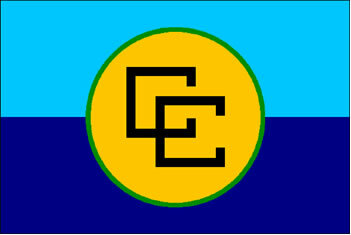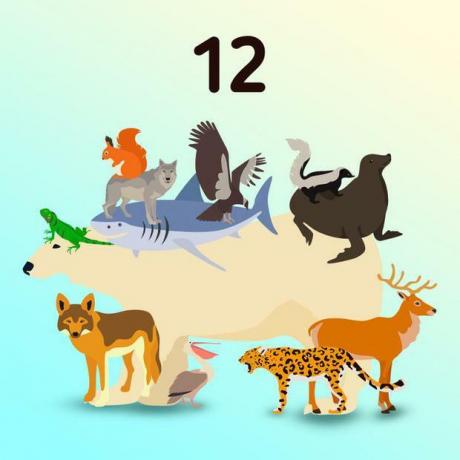The Common Market and Caribbean Community (CARICOM) was created on July 4, 1973, as an economic and political cooperation bloc. Currently the member countries are: Antigua and Barbuda, Bahamas, Barbados, Belize, Dominica, Grenada, Guyana, Haiti, Jamaica, Montserrat, Saint Lucia, Saint Kitts and Neves, Saint Vincent and the Grenadines, Suriname and Trinidad and Tobago. In 1998, Cuba was accepted into the group as an observer country.
CARICOM is made up of ex-European colonies, which after acquiring independence saw the need for a union among themselves to overcome economic and social problems. With the union of these countries, the aim is to accelerate the process of economic and social development.

Caricom Symbol
Through the formation of this bloc, the member countries, in common agreement, aim at free trade in the region, providing the circulation of labor and capital, coordinating agriculture and industry.
In 1999, a free trade agreement was created to reduce tariffs between CARICOM countries. However, tariffs remain high, with an average of 15%, a rate considered high by the WTO (World Trade Organization). In 2000, Cuba and the Dominican Republic were included in free trade agreements with the bloc.
Caricom is a block that, in addition to economic issues, addresses aspects such as foreign policy, and develops common projects in the areas of health, environment, education and communication.
Currently, the bloc has a population of approximately 14.6 million inhabitants, the GDP (Gross Domestic Product) is US$ 28.1 billion.
By Wagner de Cerqueira and Francisco
Graduated in Geography
Brazil School Team
Economic blocks - geography - Brazil School



